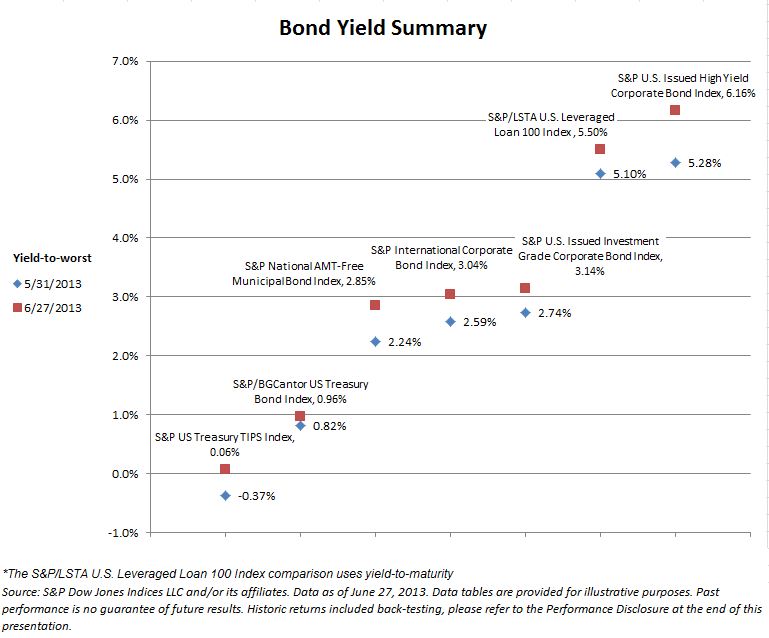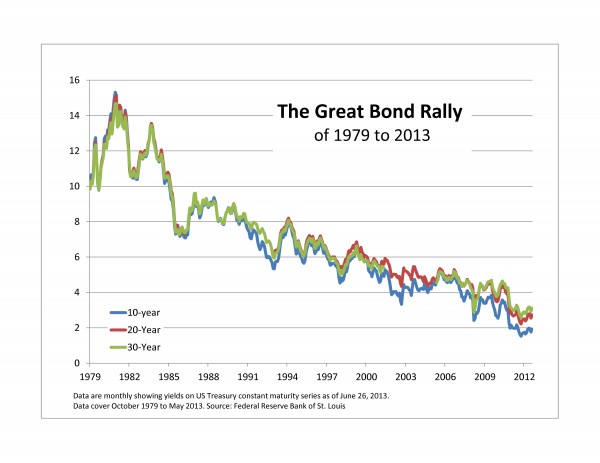Now that the short-term speculators have left the dividend market, core investors can get back to their boring stocks, collecting their tax advantaged yield (you may not like the increase to 20% from 15%, but I remember when it was 70%, and that was before New York State, City or unincorporated business tax got hold of you – talk about a minority interest). The linked dividend report below is on U.S. domestic common stock for Q2 2013, and shows another good quarter. My takeaway for the S&P 500 is below:
I expect dividend growth in the second half for the S&P 500 to be less than the first half due to the large December 2012 payout which was inspired by tax concerns.
The numbers works out to an upper-single digit second half increase, putting the 2013 dividend payment gain into double-digit territory.
The expected 2013 payment would set a new record over the current 2012 record – a year which included significant accelerated payments from 2013.
2013 would be the third double-digit gain in a row; the record is 4, set in 2004-7 and 1947-50.
2014, as the Fed would say, is data dependent (economy).
The posts on this blog are opinions, not advice. Please read our Disclaimers.













































